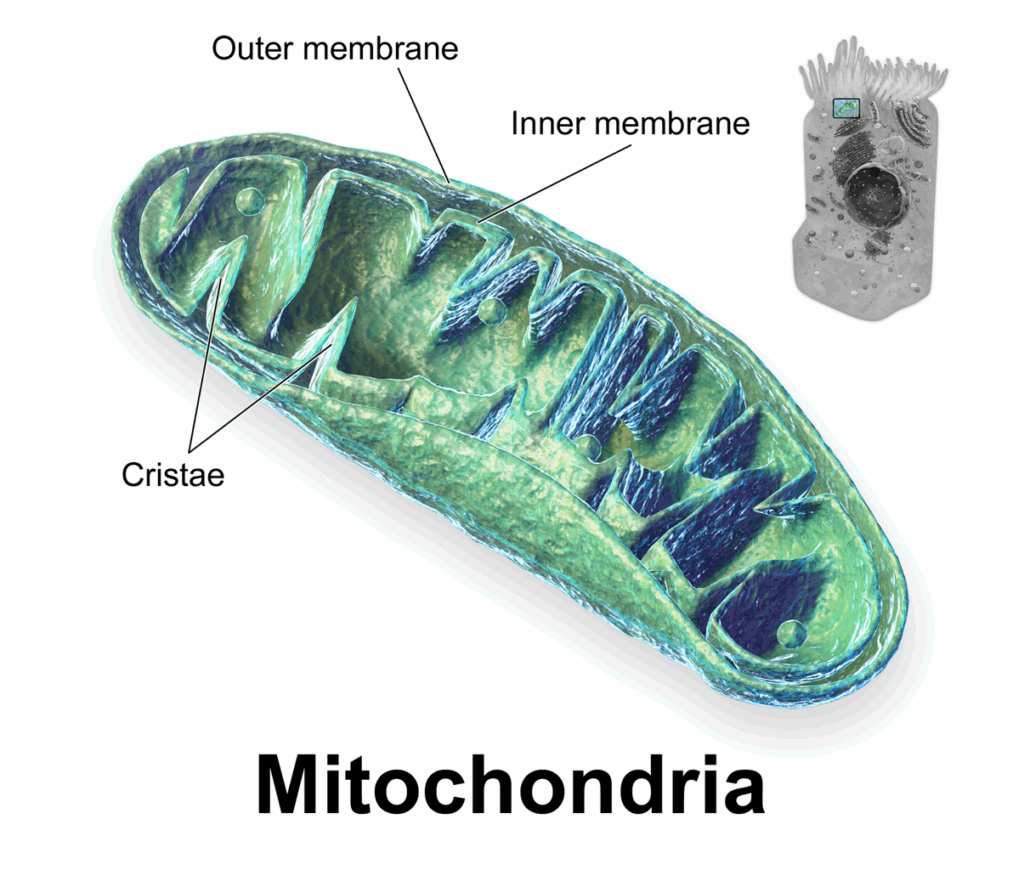Morbid obesity, now often referred to as severe obesity, is a serious health condition characterized by an extremely high amount of body fat. It’s more than just being overweight; it significantly increases the risk of developing a wide range of health problems and can severely impact a person’s quality of life and lifespan.
To understand severe obesity, it’s crucial to look at the Body Mass Index (BMI). BMI is a widely used screening tool that estimates body fat based on height and weight. While it’s not a perfect measure as it doesn’t directly assess body fat and can be influenced by muscle mass, it provides a standardized way to categorize weight status:
- Healthy weight: BMI between 18.5 and 24.9
- Overweight: BMI between 25 and 29.9
- Obesity (Class 1): BMI between 30 and 34.9
- Obesity (Class 2): BMI between 35 and 39.9
- Severe Obesity (formerly Morbid Obesity or Class 3 Obesity): BMI of 40 or higher, or a BMI of 35 or higher with obesity-related health conditions.
The term “morbid obesity” has fallen out of favor in many medical and scientific communities due to its negative and stigmatizing connotations. “Severe obesity” or “Class 3 obesity” are now the preferred and more respectful terms.
What Makes Severe Obesity So Concerning?
The excessive accumulation of body fat in severe obesity places immense strain on nearly every system in the body. This significantly elevates the risk of developing numerous serious health conditions, including:
- Cardiovascular Diseases: High blood pressure (hypertension), high cholesterol (hyperlipidemia), coronary artery disease, heart attack, heart failure, and stroke are all significantly more common in individuals with severe obesity. The extra weight puts added stress on the heart and blood vessels.
- Type 2 Diabetes: Excess body fat can lead to insulin resistance, where the body’s cells don’t respond effectively to insulin, resulting in high blood sugar levels and eventually type 2 diabetes.
- Sleep Apnea: This condition, characterized by repeated pauses in breathing during sleep, is strongly linked to severe obesity. Excess fat around the neck can obstruct the airway. Sleep apnea can lead to chronic fatigue, high blood pressure, and an increased risk of cardiovascular events.
- Joint Problems and Musculoskeletal Disorders: The increased weight puts significant stress on weight-bearing joints like the knees and hips, leading to osteoarthritis, chronic pain, and reduced mobility. Back pain and other musculoskeletal issues are also common.
- Nonalcoholic Fatty Liver Disease (NAFLD): Excess fat can accumulate in the liver, leading to inflammation and potential liver damage, including nonalcoholic steatohepatitis (NASH) and cirrhosis.
- Certain Types of Cancer: Severe obesity is associated with an increased risk of several cancers, including endometrial, breast, colon, kidney, gallbladder, and esophageal cancers.
- Gallbladder Disease: Gallstones and other gallbladder problems are more prevalent in individuals with severe obesity.
- Mental Health Issues: Depression, anxiety, and low self-esteem are frequently experienced by individuals with severe obesity, often due to societal stigma, physical limitations, and the emotional burden of their condition.
- Increased Risk of Infections: Obesity can impair the immune system, making individuals more susceptible to infections.
- Pregnancy Complications: For women with severe obesity, pregnancy can carry higher risks for both the mother and the baby, including gestational diabetes, preeclampsia, and complications during labor and delivery.
- Reduced Quality of Life: Physical limitations, chronic pain, and associated health problems can significantly impact daily activities, social interactions, and overall quality of life.
- Increased Mortality Risk: Studies consistently show that individuals with severe obesity have a significantly higher risk of premature death compared to those with a healthy weight.
What Causes Severe Obesity?
Severe obesity is typically a complex interplay of several factors, including:
- Genetics: Genetic predisposition can influence an individual’s metabolism, appetite regulation, and tendency to store fat.
- Lifestyle Factors:
- Diet: A diet high in calories, processed foods, sugary drinks, and unhealthy fats contributes significantly to weight gain.
- Physical Inactivity: Lack of regular exercise reduces calorie expenditure and can lead to weight gain over time.
- Sedentary Behavior: Spending long hours sitting or engaging in passive activities also contributes to reduced energy expenditure.
- Environmental Factors: Access to healthy food options, socioeconomic status, and cultural norms around food and activity can all play a role.
- Medical Conditions and Medications: Certain medical conditions (e.g., hypothyroidism, Cushing’s syndrome, polycystic ovary syndrome) and some medications (e.g., corticosteroids, certain antidepressants) can contribute to weight gain.
- Psychological Factors: Emotional eating, stress, and underlying mental health conditions can influence eating habits and weight.
Addressing Severe Obesity:
Managing severe obesity typically requires a comprehensive and multidisciplinary approach. Treatment options may include:
- Lifestyle Modifications: This involves making significant and sustainable changes to diet and exercise habits. Working with a registered dietitian and a certified fitness professional can provide guidance and support.
- Medications: Certain prescription weight-loss medications can be helpful for some individuals when used in conjunction with lifestyle changes. These medications work through various mechanisms, such as suppressing appetite or reducing fat absorption.
- Bariatric Surgery: For individuals with a BMI of 40 or higher, or a BMI of 35 or higher with obesity-related health conditions, bariatric surgery may be a viable option. Different types of bariatric surgery, such as gastric bypass, sleeve gastrectomy, and adjustable gastric banding, alter the digestive system to limit food intake and/or absorption.
- Psychological and Behavioral Counseling: Addressing emotional eating, developing coping mechanisms for stress, and building motivation and adherence to treatment plans are crucial components of long-term success.
The Importance of Seeking Help:
Severe obesity is a chronic medical condition that requires professional management. Individuals struggling with severe obesity should seek guidance from their healthcare provider to discuss treatment options and develop a personalized plan. Early intervention and consistent management can significantly improve health outcomes and quality of life.
It’s crucial to approach the topic of severe obesity with empathy and understanding. Individuals living with this condition often face significant challenges, including physical limitations, health complications, and societal stigma. Focusing on providing support and access to effective treatment is essential for helping them achieve better health and well-being.
Click Here to Buy Mitolyn Supplement to Help Fight Against Obesity!

